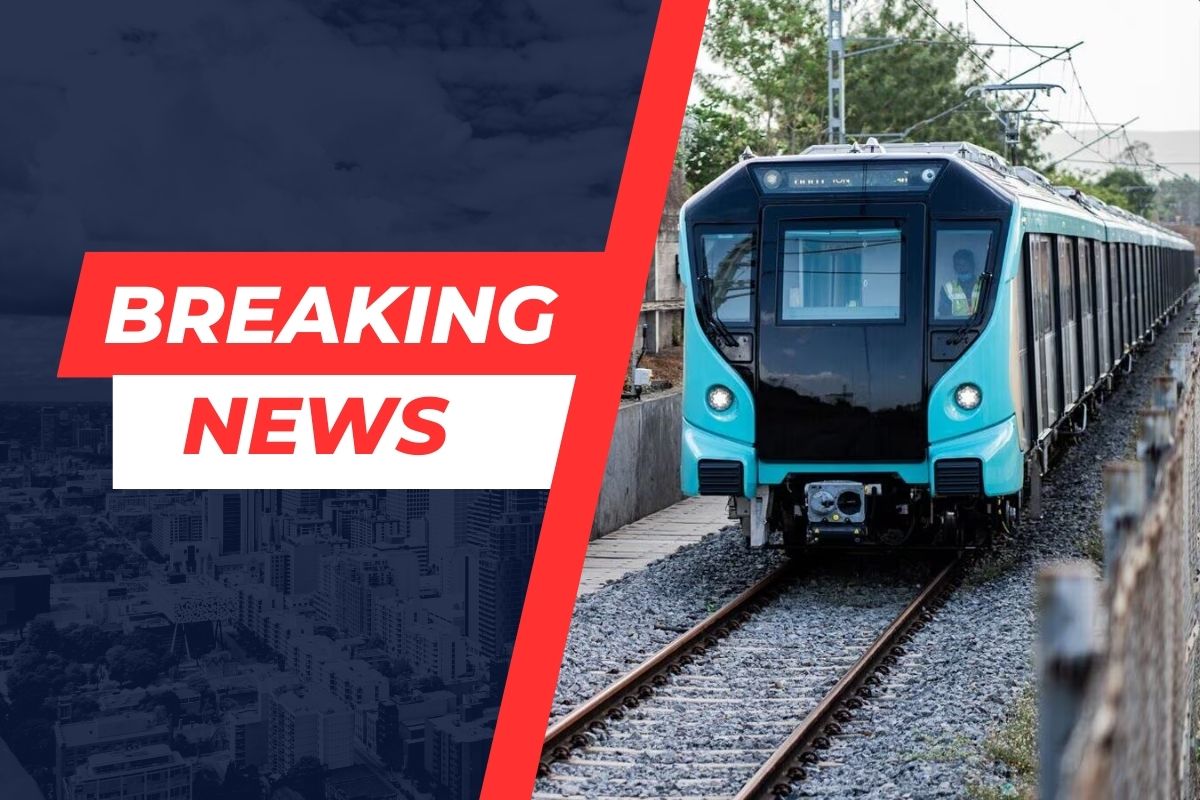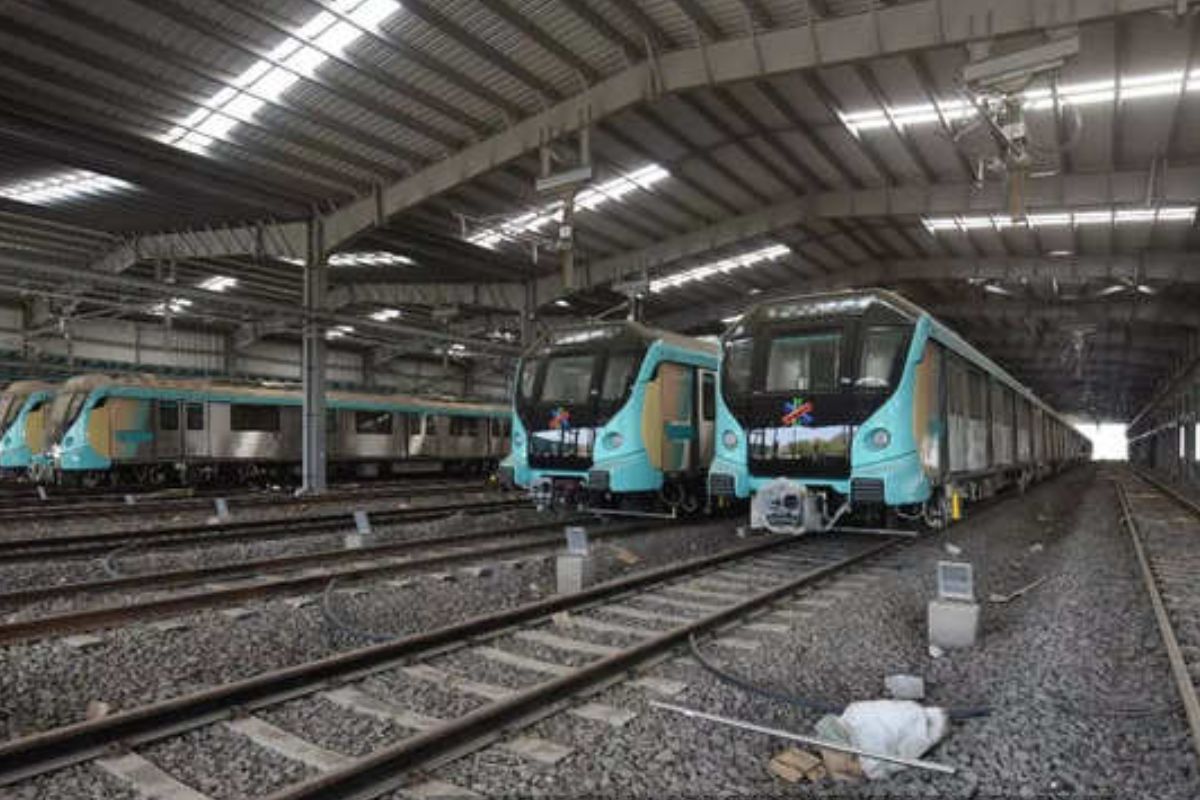


MUMBAI: The highly awaited Aqua Line, Mumbai’s first underground metro, is set to alter the city’s transportation infrastructure. This huge project, which stretches 33.5 kilometers from Colaba to SEEPZ, aims to make it easy for millions of Mumbai residents to commute every day.
Table of Contents
ToggleCuffe Parade, Vidhan Bhavan, Churchgate, Hutatma Chowk, CST Metro, Kalabadevi, Girgaon, Grant Road, Mumbai Central, Mahalaxmi, Science Museum, Acharya Atre Chowk, Worli, Siddhivinayak, Dadar, Sitaladevi, Dharavi, BKC, Vidyanagari, Santacruz Domestic Airport, Sahar Road, International Airport, Marol Naka, MIDC, and SEEPZ are among the notable stations.
प्रधानमंत्री @NarendraModi जी ने मुंबई वासियों के जीवन को सुगम बनाने की गारंटी दी थी, जो पूरी होने जा रही है।
मुंबई की पहली भूमिगत मेट्रो (Aqua Line) 24 जुलाई से शुरू हो रही है , जो शहर की रफ्तार को नई उड़ान देगी। pic.twitter.com/0YgepYbiHw
— Vinod Tawde (@TawdeVinod) July 17, 2024
The Aqua Line aims to dramatically cut commuter travel time, with speeds of up to 90 km/h.
The Mumbai Metro Rail Corporation (MMRC) supervises this gigantic project, which has cost more than Rs 37,000 crores.
The Delhi Metro Rail Corporation (DMRC) will handle operations and maintenance to ensure passenger safety. The contract with DMRC lasts ten years.

Reduced traffic congestion: The Aqua Line will offer a much-needed alternative to vehicle travel.
The underground metro would smoothly connect vital regions of Mumbai.
The entire project, including the second tunnel phase, is scheduled to be completed in the next eight months.

